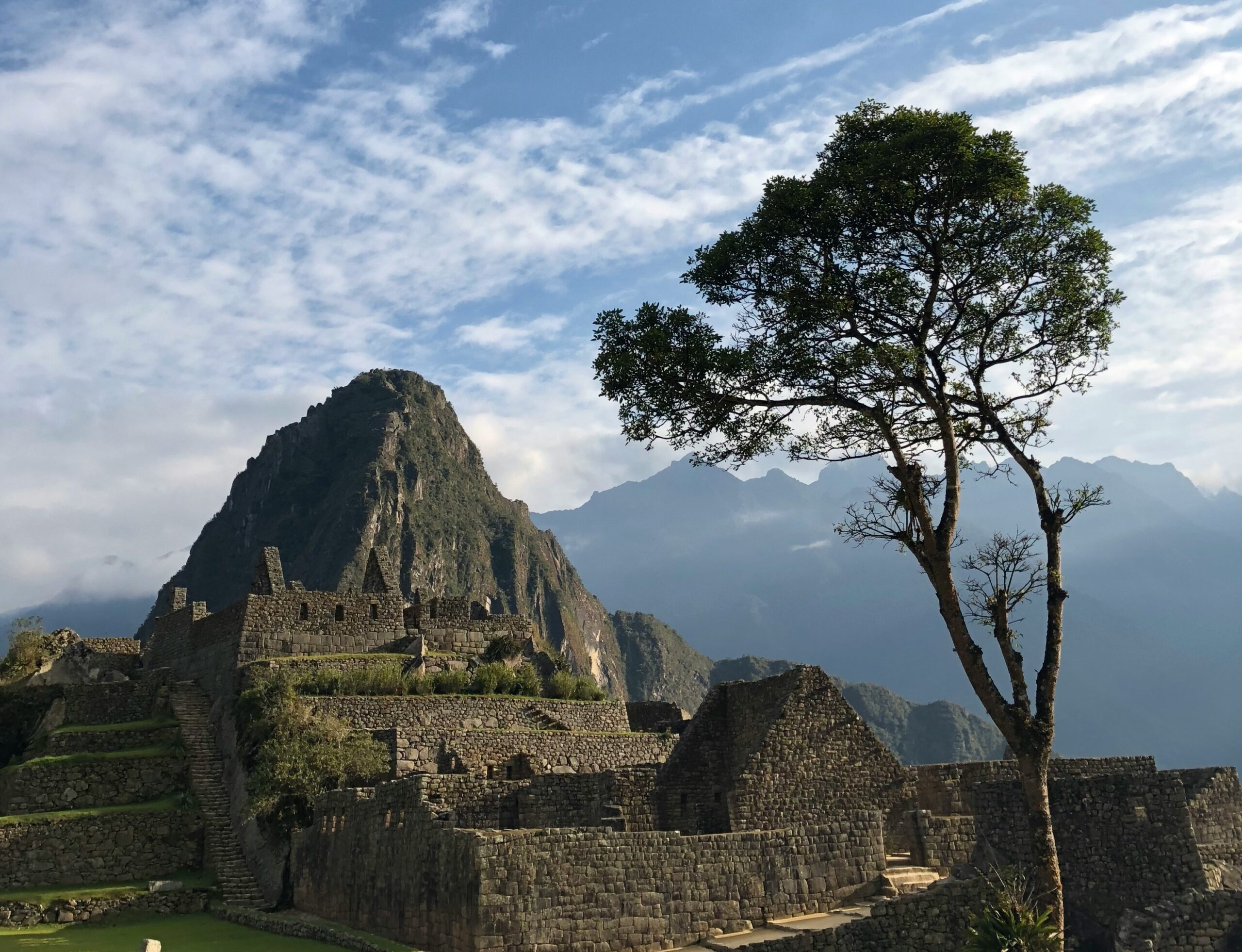How to Explore South America’s Ancient Ruins
South America is a continent steeped in history, with ancient civilizations leaving behind a treasure trove of archaeological sites that continue to captivate travelers and historians alike. From the towering ruins of Machu Picchu to the mysterious stone structures of Tiwanaku, these ancient ruins offer a glimpse into the lives of the indigenous peoples who once thrived in the region. Whether you’re a history buff or simply in search of adventure, exploring South America’s ancient ruins is an unforgettable experience.
1. Machu Picchu, Peru: The Lost City of the Incas
Arguably the most famous ancient ruin in South America, Machu Picchu is a must-visit for anyone interested in ancient history. Built in the 15th century by the Incas, this breathtaking city is perched high in the Peruvian Andes, surrounded by misty peaks and lush valleys. The site, which was rediscovered by explorer Hiram Bingham in 1911, remains one of the most impressive feats of engineering from the Inca Empire.
How to Visit:
- Trekking the Inca Trail: For the ultimate experience, hike the famous Inca Trail to Machu Picchu. This 4-day trek is one of the most iconic hikes in the world, taking you through ancient Incan paths, cloud forests, and remote villages before arriving at the Sun Gate, where you’ll get your first view of Machu Picchu.
- By Train: For those who prefer a less strenuous journey, you can take the train from Cusco to Aguas Calientes, the town near Machu Picchu, and then catch a bus up to the site.
Tips for Visiting:
- Book Tickets in Advance: Machu Picchu is one of the most visited archaeological sites in the world, and entry is limited daily. It’s essential to book your tickets well in advance, especially if you plan to hike the Inca Trail.
- Get an Early Start: To avoid the crowds, try to be among the first visitors of the day. The early morning light is also perfect for photographs.
2. Tiwanaku, Bolivia: The Mysterious Ancient City
Located near Lake Titicaca in western Bolivia, Tiwanaku is one of South America’s most enigmatic ancient ruins. This pre-Incan civilization flourished around 500-1000 AD and is known for its advanced agricultural techniques and monumental stone architecture. The site features impressive structures like the Gate of the Sun, a massive stone arch carved with intricate symbols, and the Pumapunku platform, where massive stones were cut with extraordinary precision.
How to Visit:
- Travel to La Paz: The nearest major city to Tiwanaku is La Paz, Bolivia’s capital. From there, you can take a day trip to the ruins, which are about an hour and a half away by bus.
- Guided Tours: It’s recommended to join a guided tour to fully appreciate the site’s history and significance. Knowledgeable guides can explain the fascinating theories surrounding Tiwanaku’s origins and its connection to other ancient cultures, like the Incas.
Tips for Visiting:
- Acclimate to the Altitude: Tiwanaku sits at over 12,000 feet (3,800 meters) above sea level, so make sure to acclimate in La Paz before visiting to avoid altitude sickness.
- Visit the Museum: There’s a small museum near the site where you can learn more about the artifacts uncovered at Tiwanaku and see some impressive archaeological finds.
3. Easter Island (Rapa Nui), Chile: The Moai Statues
Easter Island, or Rapa Nui, is one of the most remote places in the world and home to the famous Moai statues. These massive stone heads, which were carved by the island’s early Polynesian inhabitants, are one of the most recognizable symbols of ancient South American civilization. The statues were constructed between the 10th and 16th centuries and served as symbols of power and ancestral worship.
How to Visit:
- Fly to Hanga Roa: The only town on the island is Hanga Roa, which can be reached by flights from Santiago, Chile. The island is small and easy to explore by foot, bike, or car.
- Visit the Key Sites: Major Moai sites include Ahu Tongariki, a massive platform with 15 standing statues, and Rano Raraku, the quarry where most Moai were carved. Don’t miss the opportunity to visit Ahu Akivi, a set of seven Moai aligned with the sunset during the equinoxes.
Tips for Visiting:
- Respect the Island’s Culture: Easter Island is a UNESCO World Heritage site, and it’s important to respect its cultural significance. Be sure to follow local guidelines and avoid climbing on the Moai statues.
- Take a Guided Tour: While the island is small, a guided tour will help you understand the historical and cultural context of the Moai statues and the ancient people who created them.
4. The Nazca Lines, Peru: Ancient Geoglyphs
The Nazca Lines, located in the Peruvian desert, are one of the most fascinating and mysterious ancient sites in South America. These enormous geoglyphs, which depict animals, plants, and geometric shapes, were created by the Nazca culture between 500 BCE and 500 CE. The true purpose of the lines remains a subject of debate, with theories ranging from religious rituals to astronomical calendars.
How to Visit:
- Fly Over the Lines: The best way to view the Nazca Lines is by taking a small plane flight, which offers a bird’s-eye view of the massive shapes. Flights depart from the nearby town of Nazca.
- Visit the Observation Towers: If you prefer to stay on the ground, there are several observation towers around the site where you can see a few of the lines and geoglyphs from a distance.
Tips for Visiting:
- Book Flights in Advance: Small planes for the Nazca Lines can fill up quickly, especially during peak tourist season, so book your flight early.
- Bring Snacks and Water: The desert can be very hot, so it’s a good idea to bring plenty of water and snacks during your visit.
5. Palenque, Mexico: The Majestic Maya Ruins
Although Mexico isn’t typically considered part of South America, its ancient ruins—especially Palenque—are an essential part of the broader cultural heritage of the region. This ancient Maya city, located in the jungles of Chiapas, Mexico, dates back to the 7th century and is renowned for its sophisticated architecture, including the Temple of the Inscriptions and the Palace.
How to Visit:
- Travel to Villahermosa or Tuxtla Gutierrez: Both cities are good starting points for visiting Palenque, which is about a 1.5-hour drive from each city. Many visitors take day trips to the ruins.
- Guided Tours: A guided tour is recommended to gain deeper insight into the ancient Maya civilization and their achievements in art, architecture, and astronomy.
Tips for Visiting:
- Explore the Jungle: Palenque is surrounded by dense jungle, and the site’s location adds to its mystique. Be prepared for a bit of walking and be sure to take a good pair of shoes.
- Don’t Miss the Museum: The on-site museum houses important artifacts and exhibits that give further context to the ruins you’ll see.
South America is home to some of the most fascinating and awe-inspiring ancient ruins in the world. Whether you’re walking the ancient paths of the Incas at Machu Picchu or marveling at the mysterious Moai statues of Easter Island, exploring these archaeological sites provides a unique opportunity to connect with the region’s deep and diverse history. With a little planning, respect for local cultures, and an adventurous spirit, you’ll be able to visit these incredible ruins and take home memories of a journey through time.



